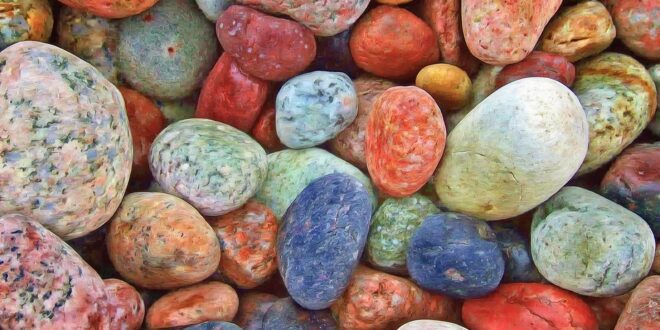The Fascinating Journey of Obsidian Charms
Obsidian is a dark, glossy volcanic glass that forms when lava cools quickly. Obsidian can be found around the world, but its magical properties have been revered by many societies for thousands of years. In ancient times, obsidian was often used for making tools, mirrors and jewelry. The obsidian charm stands out among all obsidian items due to its remarkable history. It has travelled thousands of kilometers across continents and has been associated with various cultures for centuries. Let’s learn more about this extraordinary object.
Obsidian in the Pre-Columbian Americas
Obsidian has been around since prehistoric times and has held significance in various societies. One such culture was the pre-Columbian societies of Latin America who used obsidian extensively. Aztecs, Mayans, and Incas used obsidian and even traded the glass-like material with other regions. Pre-Columbian Latin America societies used obsidian for arrowheads, knives, and spears in battlefield equipment. The obsidian charm, no less, leaving us transfixed in the culture of pre-Columbian Latin America and the meaning people attached to the property.
The Significance of Obsidian in the Pacific Northwest
Obsidian was prolifically used by Native Americans too and in the Pacific Northwest region, it was revered as a favored grave gift. For many tribal nations in the Pacific Northwest, crimson and black obsidian were considered valuable, especially because they had associations with the Spirit world. Furthermore, seers and spiritual guides in tribes appreciated obsidian for its capacity to help them establish openness to understandings that were beyond the conventional range of understanding. For centuries, it was believed that it moved and sharpened gentleness inwardly thereby embedding the connection in the larger picture of human motivation.
A Closer Look at the Significance of the Obsidian Charm
The obsidian charm is said to be a traditional piece of jewelry in some parts of West Africa traditionally placed in pots to fend off enchantments. It’s believed to increase willpower and to help free the thought process of negativity. It was also worn by traditional Africans to ease anxiety and as a symbol of connectedness to their ancestral beliefs.
The sheer brilliance of the Obsidian Charm around centuries-old traditions has been aligning symbol-maidens with hopes, glory, force, strength, and vision via the stimulation of chakras. It has acclaimed boundless popularity over the years for its capacity to mend broken ends, fatten up opportunities, and favor undertakings of ventures and goals. To this end, obsidian meditation practice varies – dependent on treatment for addicted patients, emotional healing, creating barriers, and other possibilities in treatments.
Conclusion
From pre-Columbian Latin America, Native Americans in the Pacific North West to Africa, the obsidian charm’s significance varies in meaning and purpose in the various cultures. What all that we can gather from its voyage across regions, unbounded by continents and cultures, is its versatility and the magical properties attached to its reflecting glass-like glaze. The obsidian charm has traveled across the decades defining new conclusions – from primitive and ancient items to becoming an accessory trend in high contemporary fashion and an opponent of evil throughout.
 Mind Uncharted Explore. Discover. Learn.
Mind Uncharted Explore. Discover. Learn.




